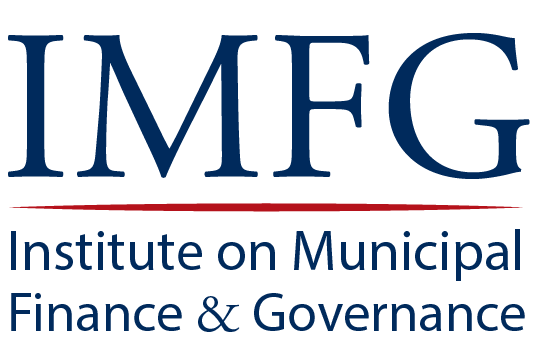Paying for Water in Ontario's Cities: Past, Present, and Future
Throughout much of the 20th century, water was seen as plentiful and water rates did not promote conservation. Today, water is treated as a relatively scarce resource and governments are concerned about financing new and rehabilitated infrastructure. However, most municipalities still do not set prices for water at levels that would encourage conservation, thereby allowing the overconsumption of water, and leading to increased demand for expensive infrastructure. Setting efficient prices for water, sewage collection and treatment, and stormwater runoff would include (1) multi-part pricing for water to accommodate capacity constraints, economies of scale, and peak-load demand; (2) greater use of meters and volumetric pricing for residential and commercial sewer usage; and (3) stormwater user fees based on the volume of runoff. In smaller or remote municipalities, the amalgamation, regionalization, or privatization of water and sewer systems could lead to greater efficiencies. Meanwhile, the Province should set water safety standards, coordinate water utility systems, and put in place a regulatory framework that would support necessary but unpopular increases in water rates.
